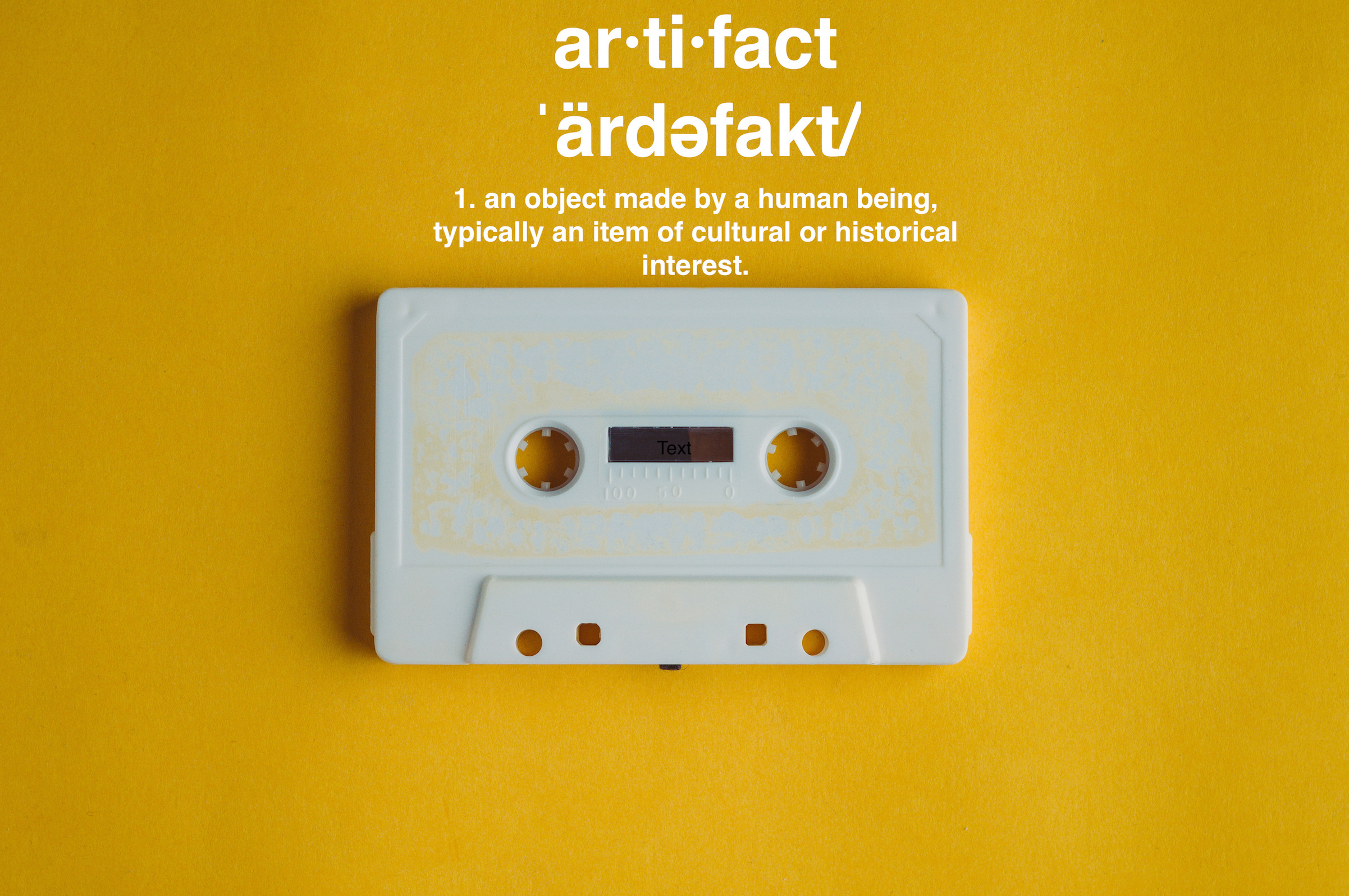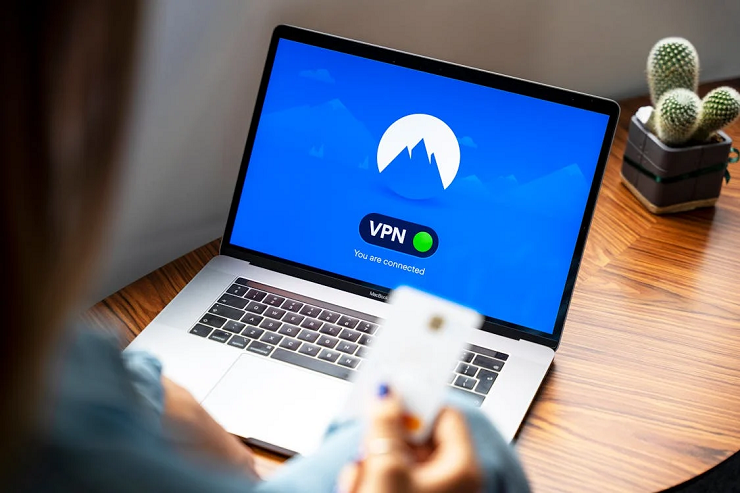

Music is very important to the human race. It has always had an effect on both individuals and society. It is interesting to have a closer look at the changes that have occurred in music enjoyment from the early phonograph right through to today’s Streaming Music.
Phonograph
In 1877 the phonograph, the first “machine” that allowed for recording and playback of music. After World War II more and more families had phonographs in their homes. The original 78 rpm discs allowed for only three minutes of music to be recorded. As technology improved the Long Player was introduced which allowed twenty minutes to be recorded on a twelve-inch vinyl disc.
Radio
Between 1920 and 1930 the home radio became immensely popular. With the invention of the transistor in 1947, it was possible for radios to become smaller and more portable. During this time, there was a growth in radio stations now playing music. Over time increasing music was played and different genres filled the stations.
Eight Track Player
In 1964 production began of the 8 track player. While not used extensively in the home market, these were fitted in cars. The era of being able to listen to music while driving had begun!
Walkman /Compact Cassette
Sony produced the first Sony Walkman in 1979. This revolutionized the way we listened to music. Sony made it possible to take music with you wherever you went.
Compact Disc
In 1980 the first CD appeared on the market. This allowed music to be digitally recorded and later “played” resulting in higher quality music. The first CD used by a musician to record and market their music was ABBA. The CD dominated the market from the early 1980’s till 2000. There were players in homes and portable CD players allowed music to be listened to and enjoyed anywhere.
MP3
Experiments with audio data compression had been conducted in the early 1990s. In 1995, a particular file extension was added .mp3. This changed drastically the way in which we obtained and listened to music.
Napster was the first Peer to Peer file sharing service for music. By Feb 2001 they had 25 million users. Music was able to now be freely distributed. Others like Lime wire was available as well.
However, musicians took these companies to court to obtain royalties. This resulted in these free music downloads being shut down.
Apple iPod
The introduction of the Apple iPod with its decreased size color screens, quality sounds and eventually allowing up to 160 GB storage further revolutionized the way we listen to music. By 2012, over 350 million iPods had been sold. This led to the iTunes software being developed. They are now the single largest distributor of music in the world. Smartphones such as the iPhone were increasingly used to listen and store downloaded music on.
Streaming Music
The next step in changes being made to how we listen to music came with the introduction of streaming music. Pandora arrived in 2013 with tens of thousands of music genres available for download. For a small monthly premium, it was possible to download hundreds of songs and albums.
YouTube Red was launched last year which when linked to Google Play which allows one to watch and listen to music.
Going Forward
There are music apps being developed which will supposedly improve our listening taking into account our personal data gained from the web. One can’t be sure if this is the way to listen to music in the future without possible exposure to new genres etc., but with the changes seen in our music listening behaviors since the phonograph…who knows!

I’m a Nerd and very proud of it! I love to write about anything Tech related. Subscribe to our blog for helpful tips, tricks & news.




